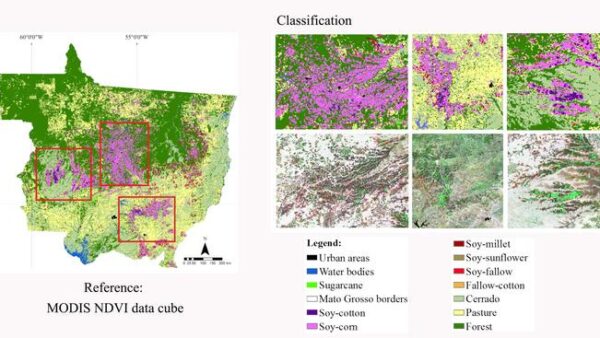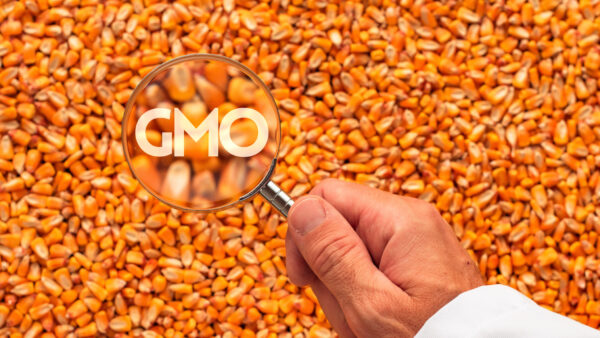As the next step in the roadmap for achieving the EU Farm to Fork and Biodiversity strategies, the EU Directorate-General for Health and Food Safety (DG SANTE) is expected to release next month a proposal for a Regulation on the Sustainable Use of Plant Protection Products (PPPs), foreseeing an EU binding 50% targets on pesticide use and reduction, and own national reduction targets at Members State level.
Following the targets of the EU strategies, the proposal aims at curbing the use and risk of chemical pesticides, fostering the uptake of the Integrated Pest Management (IPM) and increase the use of non-chemical alternatives for pest control. It also fosters a data monitoring on the use and risk of pesticides, as well as the environmental monitoring for ensuring a more effective framework to measure progress.
The draft proposal mentions the adoption of new technologies, such as precision-farming which is in line with the development of three potential policy options with different scenarios:
1. EU non-legally binding 50% targets with improved advisory systems & guidance for pesticides; in high demand, Commission would promote precision farming techniques to cut chemical pesticide use and risk;
2. EU legally binding 50% targets with legally binding national targets set by Member States supported by governance mechanisms for regular annual reporting by the capitals. Moreover:
- Pesticides would be banned in sensitive areas, both urban and green while professional users would need to keep electronic records on pesticide use and on IPM to help curb use.
- National authorities would collect and analyse those records to monitor progress and devise corrective measures at national level, if necessary
- Independent advisory services would advise pesticide users on alternative techniques as well as IPM;
3. As option 2, the last scenario foresees 50% reduction targets legally binding at EU & national level alike while use of pesticide would be prohibited in sensitive areas such as urban green areas.
DG SANTE seems to express preference towards the third option, except from the targets, where the favorite approach is described in the second option.
The European Seed Industry already contributes to the uptake of the IPM as a crucial tool for low pesticide input and wishes to stress the importance of seed treatment and use of more resistant crop varieties on meeting the current sustainability objectives in terms of agriculture and biodiversity.
Seed treatment technology fits strategically within an IPM approach by effectively and efficiently combating pest population’s growth, as seed treatment is the process of applying organic, biological and/or chemical products on seeds prior to planting, to protect and improve the establishment of healthy crops. Seed treatments trigger plant defence- induced resistance- mechanisms which could be beneficial for reducing the need for other crop protection treatments (e.g. field-spraying).
Additionally, it addresses the occurrence of soil-dwelling or emerging pests that cannot be solved by any other means, thus preventing pest population growth. Moreover, seed treatment is a targeted application. By keeping the treatment on the seed, it reduces the application surface and limits the potential exposure to non-target organisms on the soil or in the air
In terms of innovative technologies, the access to and use of plant breeding would provide many benefits to sustainability by improving crop genetic diversity, responding quicker to climate change effects while creating new varieties, more resistant and tolerant to pests and diseases.
All these elements underline that resilient varieties- deriving from plant breeding- and healthy seeds- deriving from seed treatment- are in line with the principles of IPM as well as they constitute the best options a grower can have to protect and nurture his valuable production.
Source: Euroseeds











